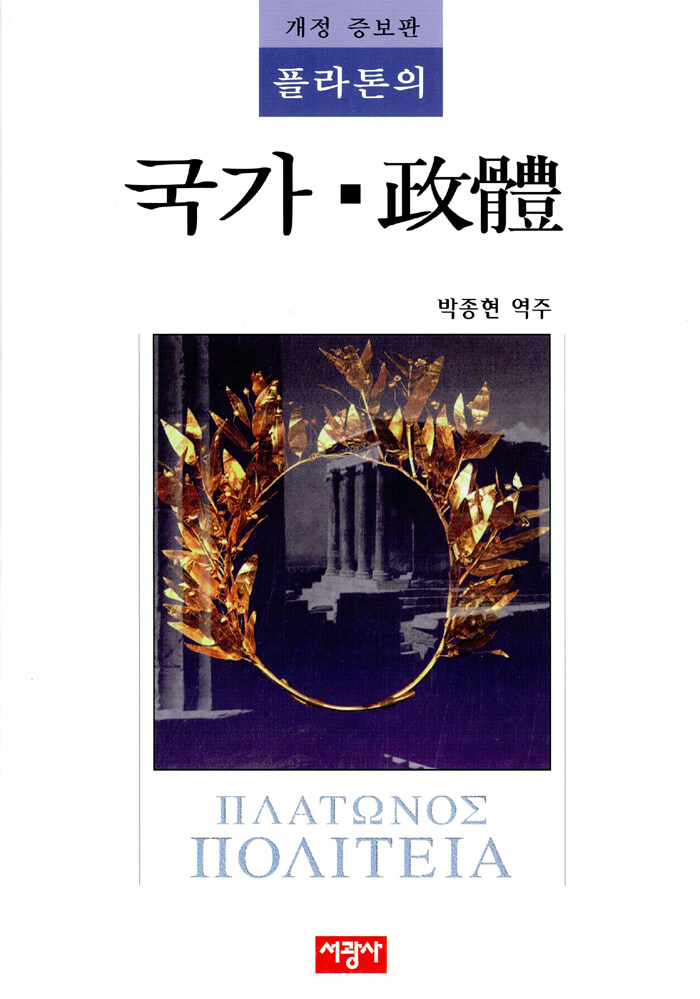1659-1695
* Sonata a 2,
Opera preziosa pubblicata da Argesarge e rieditatata da Vignoni Alto
- Jordi Savall + Jan Vermeer
* 3 Parts upon a Ground
* The Prophetess (The History of Dioclesian) Orchestral Suites semi-opera, Z.627
- Jordi Savall, Le Concert des Nations, La Capella Reial de Catalunya
- Jordi Savall, Le Concert des Nations, La Capella Reial de Catalunya
01. First Musick
02. Second Musick
03. Symphony for Trumpets & Violins
04. Retornella
05. Dance of the Furies: Soft music - Dance Prophetess
06. The Chair Dance
07. Retornella
* The Fairy Queen Suite , Savall
* Chamber Music - MUSICA AMPHION
Rémy Baudet, violin
Rémy Baudet, violin
Sayuri Yamagata, violin
Staas Swierstra, viola & violin
Staas Swierstra, viola & violin
Deirdre Dowling, viola
Mieneke van der Velden, viola da gamba
Mieneke van der Velden, viola da gamba
Saskia Coolen, recorder
Thera de Clerck, recorder
Thera de Clerck, recorder
Erik Bosgraaf, recorder
William Wroth, trumpet
William Wroth, trumpet
Pieter Jan Belder, organ & recorder (track 16 only)
1. Overture in G major for two violins, viola & basso continuo Z 770 0:00
2. Pavan of four parts in g minor for three violins & b.c. Z 752 3:33
3. Chacony for two violins viola & b.c. Z 730 7:39
* Sonata for trumpet, strings & b.c. in D major Z 850
4. (Allegro) 12:26
5. Adagio 13:44
6. Presto 15:26
7. Pavan in A major for two violins & b.c. Z 748 16:45
4. (Allegro) 12:26
5. Adagio 13:44
6. Presto 15:26
7. Pavan in A major for two violins & b.c. Z 748 16:45
* Suite in G major for two violins, viola & b.c.
8. Overture 20:50
9. Air 23:49
10. Borry 25:51
11. Air 26:49
12. Jigg 28:06
13. Fantasia: three parts on a ground, for three recorders & b.c. Z 731 28:45
8. Overture 20:50
9. Air 23:49
10. Borry 25:51
11. Air 26:49
12. Jigg 28:06
13. Fantasia: three parts on a ground, for three recorders & b.c. Z 731 28:45
14. Overture in D minor for two violins, viola & b.c. Z 771 33:51
15. Pavan in B flat major for two violins & b.c. Z 750 37:27
16. Prelude for recorder in D minor Z 773 40:46
* Sonata for violin & b.c. in G minor Z 780
17. Adagio 41:31
18. Allegro 44:32
19. Largo 45:52
20. Vivace 47:18
21. The Staircase Overture in B flat major for two violins & b.c. 48:12
17. Adagio 41:31
18. Allegro 44:32
19. Largo 45:52
20. Vivace 47:18
21. The Staircase Overture in B flat major for two violins & b.c. 48:12
22. Cibell for trumpet, strings & b.c. in C major Z 678 50:38
23. Pavan in A minor for two violins & b.c. Z 749 51:57
24. Overture in G minor for two violins, two violas & b.c. Z 772 55:58



